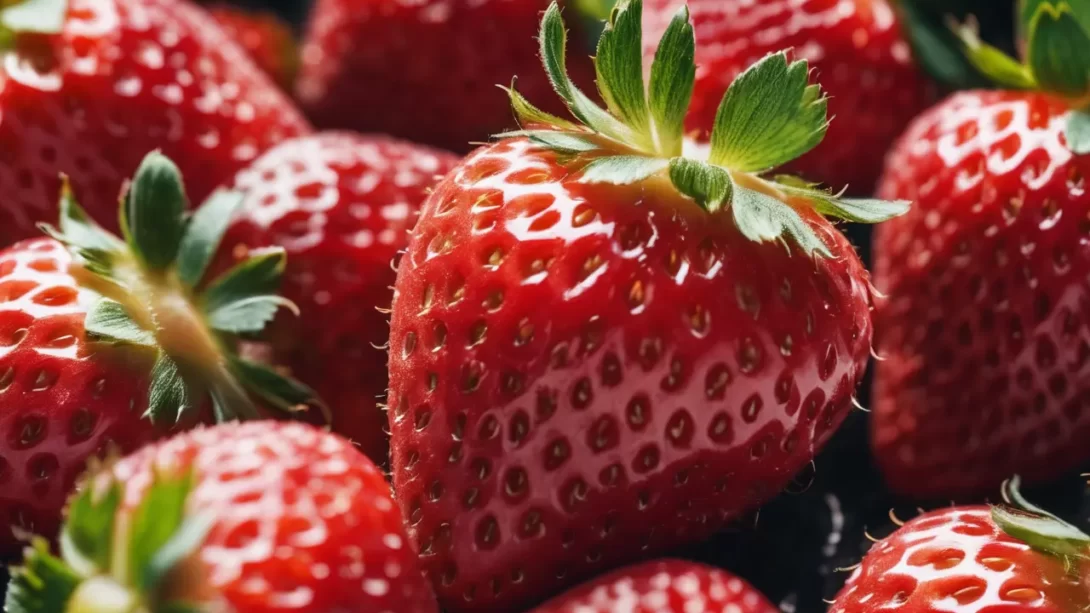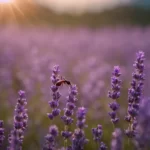Strawberries are one of the most beloved fruits worldwide, celebrated for their juicy sweetness and vibrant red color. However, a common query that often arises among strawberry enthusiasts is about the small white dots that speckle the fruit’s surface. While these dots can cause curiosity or even concern, understanding what they are is key to appreciating the natural beauty and biology of strawberries.
Strawberries
The strawberry, scientifically known as Fragaria, is a member of the rose family. Unlike most fruits, strawberries wear their seeds on the outside. Each strawberry is covered with tiny seed-like specks, which are often mistaken for seeds. These fruits are known not just for their delightful taste but also for their nutritional value, being rich in vitamins, antioxidants, and fiber.
Identifying White Dots on Strawberries
The white dots that adorn the surface of strawberries are actually not seeds, but specialized structures called achenes. Each achene is a small, dry, and hard fruit in its own right, containing what is technically the true seed of the strawberry. While it’s a common misbelief that these dots could signify a problem or an unnatural aspect of the fruit, they are, in fact, a perfectly normal and natural part of the strawberry’s anatomy. The presence of these achenes is a hallmark of a true strawberry and plays a crucial role in the plant’s reproductive cycle.
The Role of Achenes in Strawberry Plants
Achenes are more than just a characteristic feature of strawberries; they play a vital role in the plant’s life cycle. Each achene is essentially a tiny fruit that houses a seed. These achenes are crucial for the reproduction of strawberry plants. When a strawberry flower is pollinated, the achenes develop, and the tissue around them swells and turns red, forming the fleshy part of the strawberry. This process ensures that each strawberry contains multiple seeds, increasing the chances of successful propagation.
Factors Affecting Achene Development
The development of achenes on strawberries is influenced by various factors, including environmental conditions, genetics, and cultivation practices. For instance, adequate sunlight and proper watering are essential for the healthy growth of both the achenes and the fruit itself. Varietal differences also play a significant role – different types of strawberries have achenes that vary in size, number, and even color. Furthermore, the way strawberries are cultivated, including the use of fertilizers and plant growth regulators, can impact the development of these white dots. Understanding these factors is key for both commercial growers and home gardeners in producing quality strawberries.
Misconceptions and Myths
There are several misconceptions surrounding the white dots on strawberries. One common myth is that these dots are pests or signs of a diseased fruit, leading some people to avoid strawberries with prominent achenes. However, these notions are unfounded. The size and prominence of achenes can vary naturally based on the factors previously mentioned and do not typically indicate any health or safety concerns with the fruit. Dispelling these myths is important for ensuring that consumers can enjoy strawberries without unwarranted worries.
Significance of Achene Color and Size
The color and size of achenes can be indicators of the strawberry’s ripeness and flavor profile. Generally, strawberries with fully developed, dark-colored achenes are riper and sweeter. In contrast, strawberries with paler achenes may not have reached full maturity, leading to a less sweet or slightly tart taste. The size of the achenes can also vary, sometimes influenced by the specific strawberry variety. Larger, more prominent achenes are often found on varieties that have been bred for certain aesthetic or culinary qualities.
Impact of Achene Development on Strawberry Quality
The development of achenes can affect the overall quality and texture of the strawberry. Well-developed achenes contribute to the firmness and structural integrity of the fruit. On the other hand, underdeveloped achenes may result in softer, less firm strawberries. For those cultivating strawberries, paying attention to the growth and development of achenes can provide valuable insights into the health and quality of their crop.
Conclusion
The white dots on strawberries, known as achenes, are an integral and natural part of the fruit, essential for its reproduction and indicative of its ripeness and sweetness. Understanding the role and development of these achenes helps demystify common misconceptions and highlights the fascinating biology of this beloved fruit. Whether you’re a gardener nurturing your own strawberry plants or a consumer enjoying these fruits, appreciating the natural characteristics of strawberries, including their achenes, enhances the enjoyment and appreciation of these delicious and nutritious fruits.




